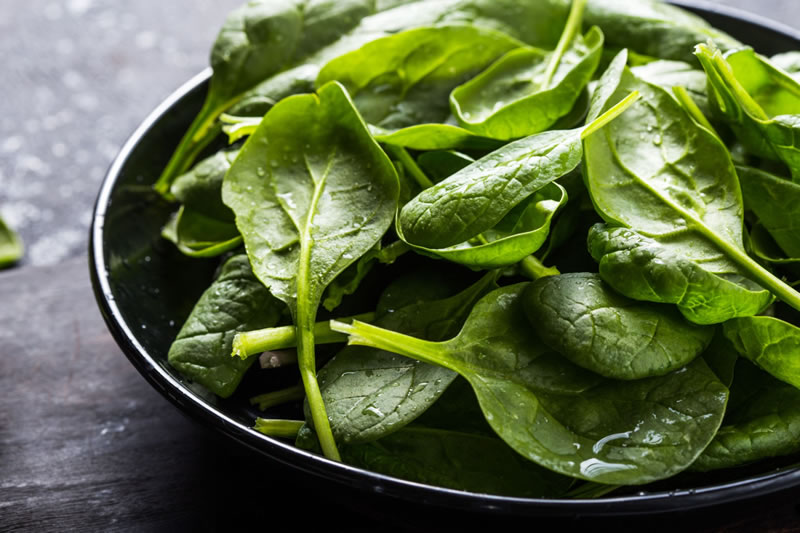By Manuel Celiz Palada, PhD

An oriental variety of spinach.
Basella (Basella alba and Basella rubra), also known as Ceylon spinach, Malabar spinach, Indian spinach, and vine spinach. It is a climbing perennial plant, but is sometimes cultivated as an annual vegetable. The vine is succulent with tender leaves. It is a fast growing, productive, leafy vegetable for home gardens and market growers. Basella is a good source of calcium, iron, and vitamins A and C.
Red-stemmed types are especially nutritious. The following suggested cultural practices were developed at AVRDC in the Taiwan lowlands. Growers may need to modify the practices to suit local soil, weather, insect pest, and disease conditions. Climate and soil requirements Basella grows well in hot, humid climates. Low temperatures slow growth rates and result in small leaves.
Growth is also limited at altitudes higher than 500 m, due to day/night temperature variations. Partial shading will produce larger leaves compared to when grown under full sunlight. Day lengths shorter than 13 hours result in flowering. Although basella is adapted to many soils, a sandy loam is most suitable. The ideal soil will be moist, fertile, and well supplied with organic matter.
Recommended soil pH is from 5.5 to 8.0.There are two common types of spinach; Basella alba has dark-green, oval or almost round leaves (Fig. 1). Basella rubra has green, oval-round leaves, and red stems Yields among varieties vary widely and testing is recommended to identify superior variety.
The author is a World Bank agriculture consultant and a 2005 Outstanding International Horticulturist of the American Society for Horticultural Science; a member of CPU Board of Trustees and CPU Corporation; graduate of CPU College of Agriculture, 1964
